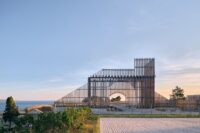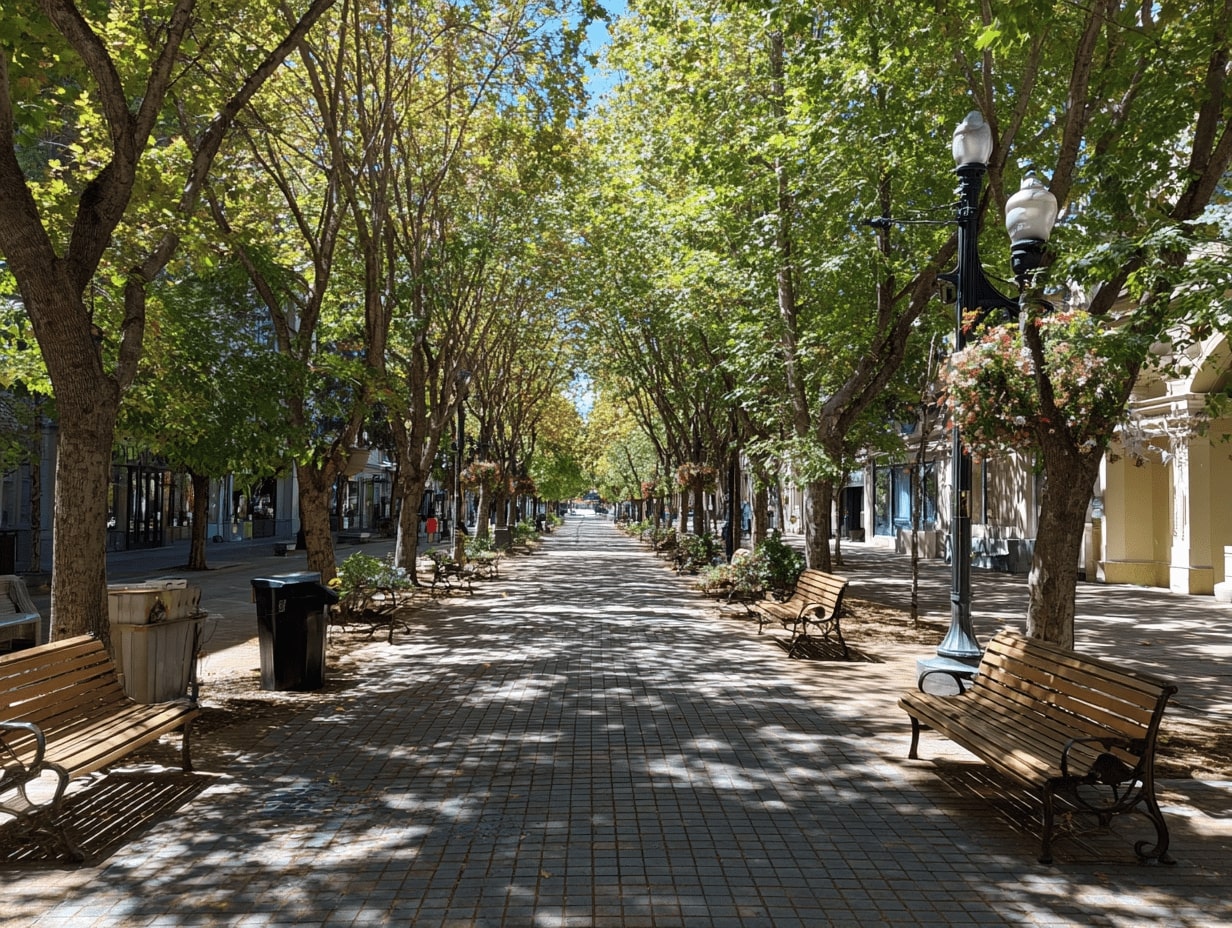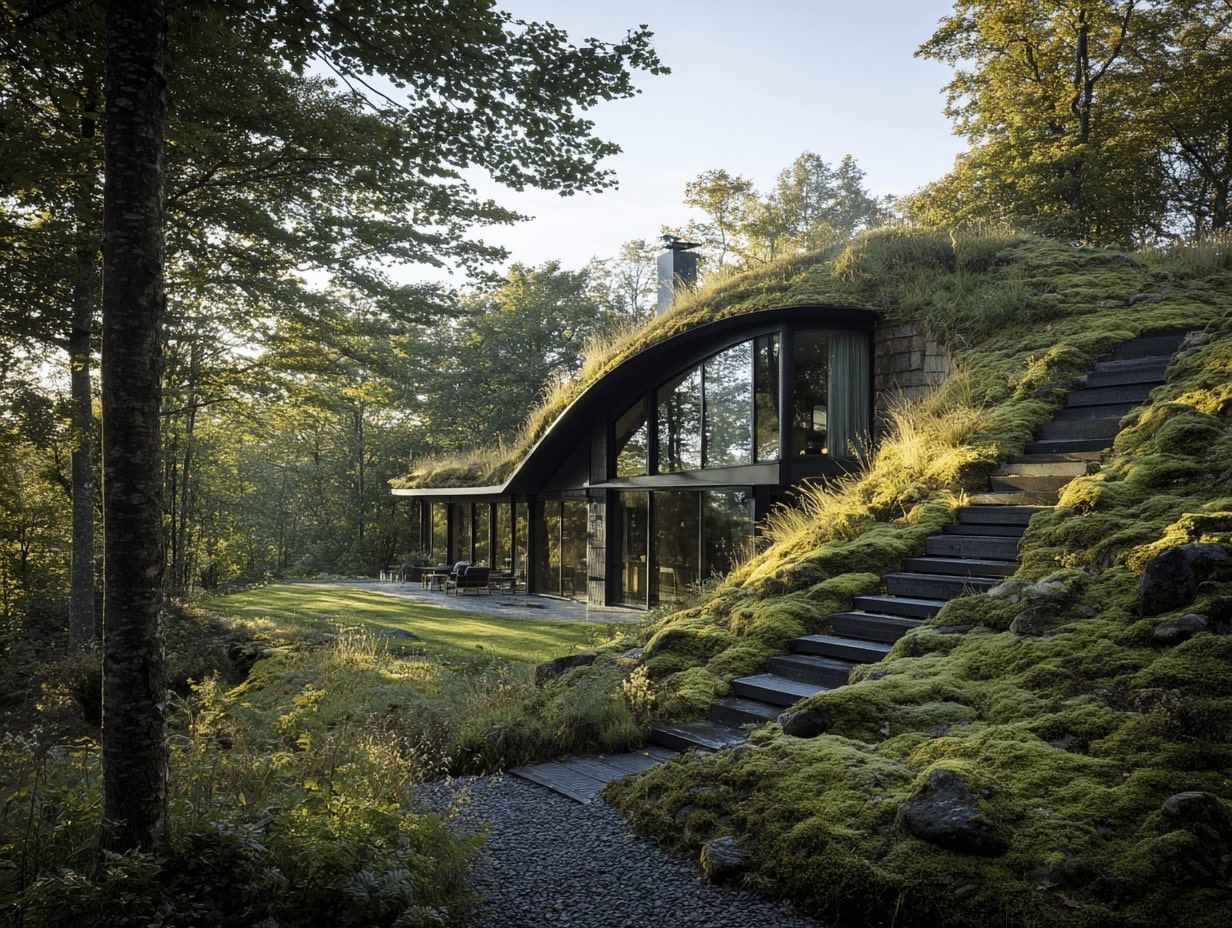- Home
- Articles
- Architectural Portfolio
- Architectral Presentation
- Inspirational Stories
- Architecture News
- Visualization
- BIM Industry
- Facade Design
- Parametric Design
- Career
- Landscape Architecture
- Construction
- Artificial Intelligence
- Sketching
- Design Softwares
- Diagrams
- Writing
- Architectural Tips
- Sustainability
- Courses
- Concept
- Technology
- History & Heritage
- Future of Architecture
- Guides & How-To
- Art & Culture
- Projects
- Interior Design
- Competitions
- Jobs
- Store
- Tools
- More
- Home
- Articles
- Architectural Portfolio
- Architectral Presentation
- Inspirational Stories
- Architecture News
- Visualization
- BIM Industry
- Facade Design
- Parametric Design
- Career
- Landscape Architecture
- Construction
- Artificial Intelligence
- Sketching
- Design Softwares
- Diagrams
- Writing
- Architectural Tips
- Sustainability
- Courses
- Concept
- Technology
- History & Heritage
- Future of Architecture
- Guides & How-To
- Art & Culture
- Projects
- Interior Design
- Competitions
- Jobs
- Store
- Tools
- More
Exploring Floating Cities: The Future of Sustainable Urban Living
Discover the innovative world of floating cities, a groundbreaking solution to climate change and urban overcrowding. This article explores their sustainable designs, eco-friendly materials, and resilience against rising sea levels. Learn about exciting projects like Oceanix City and the Seasteading Institute, along with the economic opportunities they present.

Imagine a world where cities float gracefully on water, blending innovation with sustainability. Floating cities are no longer just a figment of science fiction; they’re becoming a viable solution to rising sea levels and urban overcrowding. As we face the challenges of climate change and population growth, these futuristic habitats offer a glimpse into a more adaptable way of living.
With their unique designs and eco-friendly technologies, floating cities promise to redefine how we think about urban development. They not only provide a new frontier for architecture but also foster a sense of community and resilience. Join us as we explore the fascinating concept of floating cities, their potential impact on our future, and the innovative minds working to bring this vision to life.

Table of Contents
ToggleOverview Of Floating Cities
Floating cities represent a groundbreaking approach to urban living, addressing critical issues related to climate change and urbanization. These structures utilize advanced engineering to remain buoyant and stable while integrating sustainable practices. Key features of floating cities include:

- Sustainable Design: Floating cities prioritize eco-friendly materials and renewable energy sources. Solar panels, wind turbines, and algae systems contribute to low carbon footprints.
- Water-Based Mobility: Transportation options in floating cities often include boats and ferries, reducing reliance on land vehicles. This encourages seamless connection within and outside the community.
- Resilience to Climate Change: By existing above rising sea levels and flood-prone areas, floating cities adapt to the effects of climate change. These designs can withstand extreme weather conditions, ensuring safety for residents.
- Community and Livability: Floating cities foster a strong sense of community. Shared spaces, gardens, and recreational areas promote social interaction and support well-being among inhabitants.
- Innovative Architecture: The architectural designs of floating cities embrace both functionality and aesthetic appeal. Modular units allow for flexible living spaces tailored to residents’ needs.
Recent projects, like Oceanix City and the Seasteading Institute’s initiatives, showcase the potential of floating cities. Both highlight how we can rethink urban environments to align with sustainable development goals. As interest in these habitats grows, we see a shift towards innovative solutions for housing and community living in an increasingly urbanized world.
Benefits Of Floating Cities
Floating cities offer numerous advantages, particularly in addressing environmental challenges and creating economic prospects. Their innovative structures can redefine urban living while promoting sustainability.

Environmental Advantages
Floating cities incorporate eco-friendly designs using sustainable materials. We harness renewable energy sources like solar and wind to power these habitats, reducing our carbon footprint. Water-based mobility eliminates congestion and pollution typically associated with land transportation. Floating cities also adapt to rising sea levels, preserving valuable land ecosystems. Additionally, these urban developments employ advanced waste management systems, recycling nutrients and minimizing waste, which contributes significantly to environmental conservation.
Economic Opportunities
Floating cities present unique economic prospects through job creation and tourism. We can develop new sectors, such as marine agriculture and sustainable fishing, supporting local economies. Floating cities also attract investments in innovative architecture and technology, boosting economic growth. By fostering a vibrant community of entrepreneurs and innovators, these cities can create diverse job markets. Furthermore, the novelty of floating cities can position them as tourist destinations, generating additional revenue streams.
Challenges Faced By Floating Cities
Floating cities encounter significant challenges that impact their development and sustainability. Addressing these hurdles requires innovative thinking and collaborative efforts across various sectors.

Technological Hurdles
Technological hurdles pose substantial barriers to the implementation of floating cities.
- Engineering techniques demand precision and reliability, ensuring structures withstand extreme weather and rising water levels.
- Energy generation systems require advancements in renewable technologies to provide consistent power without relying on terrestrial resources.
- Water management systems must be designed meticulously to ensure clean water supply and efficient wastewater treatment, critical for maintaining hygiene and health aboard floating habitats.
- Transportation solutions need innovation, as water-based mobility alternatives should be efficient and accessible without negatively impacting ecosystems.
Navigating these obstacles requires expertise in engineering, environmental science, and urban planning to create viable solutions.
Social Implications
Social implications also challenge the concept of floating cities.
- Cultural acceptance varies, as communities may resist relocating or adapting to unfamiliar living environments.
- Governance structures must evolve, establishing legal frameworks that dictate rights, responsibilities, and resource management in these new habitats.
- Community integration relies on designing social spaces that promote interaction and cohesion among diverse populations, fostering a sense of belonging.
- Education and employment opportunities need development, ensuring residents possess the skills required for emerging industries related to marine sustainability and urban innovation.
By addressing these social implications, we encourage a smoother transition into living in floating cities while promoting harmony and collaboration among residents.
Examples Of Floating Cities
We explore notable examples of floating cities currently in development and future concepts that illustrate the potential of this innovative urban solution.

Current Projects
- Oceanix City
Oceanix City aims to create a sustainable floating community designed to enhance resilience against climate change. This project focuses on modular units that cater to the growing urban population, integrating renewable energy sources like solar and wind power.
- Liberia’s Floating Village
Founded on the need for affordable housing, this project in Liberia creates floating structures made from environmentally friendly materials. The village emphasizes community engagement and participation in its development to ensure cultural relevance and sustainability.
- Seasteading Institute’s Initiatives
The Seasteading Institute promotes the establishment of floating communities as a means to innovate governance and social systems. They envision diverse habitats that allow residents to experiment with new forms of self-governance.
Future Concepts
- Floating Modular Cities
Future concepts envision floating modular cities as replicable and scalable units that adapt to unique environmental conditions. These designs prioritize flexibility and sustainability, allowing quick deployment in various maritime locations.
- Smart Floating Cities
Smart floating cities integrate cutting-edge technology for efficient resource management. By utilizing IoT systems, these cities plan to optimize power use, enhance water management, and improve waste processing, fostering a sustainable urban ecosystem.
- Floating Agricultural Systems
Future projects include floating farms that address food security by utilizing available water surfaces. These systems leverage hydroponics and aquaponics, promoting sustainable food production while minimizing environmental impact.
Conclusion
Floating cities represent a groundbreaking solution to climate change and urban overcrowding challenges. With their emphasis on sustainable design, they utilize eco-friendly materials and renewable energy sources, effectively addressing environmental issues while providing modern habitats. Water-based mobility systems reduce reliance on traditional land vehicles, enhancing both accessibility and connectivity.
Communities within floating cities benefit from shared spaces and recreational areas, fostering a sense of livability and collaboration. Innovative architectural designs blend functionality with aesthetic appeal, creating attractive environments that thrive above rising sea levels.
Current initiatives like Oceanix City and the Seasteading Institute’s projects underscore the transformative potential of these urban solutions. They pave the way for new housing and community living paradigms in an increasingly crowded world.
Economic opportunities within floating cities are also significant. The incorporation of marine agriculture and sustainable fishing not only generates jobs but also attracts investment, contributing to overall economic resilience. Additionally, the novelty of floating cities can position them as unique tourist destinations, opening new revenue channels.
Yet, challenges remain. Technological advancements in engineering, renewable energy systems, and waste management are crucial for overcoming obstacles to development. Social dynamics, including cultural acceptance and governance structures, play a critical role in the success of these communities.
By addressing these hurdles, floating cities can foster harmony and collaboration, paving the way for a transformative approach to urban living. The potential for replicable and scalable models, smart resource management, and innovative agricultural systems within these environments positions us to rethink urban development for a sustainable future.
- alternative urban lifestyles
- climate-resilient cities
- eco-friendly city development
- floating cities
- floating city architecture
- floating city design
- floating habitat design
- floating urban infrastructure
- Future Cities
- future urban environments
- green city technology
- innovative urban planning
- revolutionary city concepts
- sustainable city solutions
- sustainable living solutions
- Sustainable Urban Living
- urban living on water
- urban sustainability
- water-based living
I create and manage digital content for architecture-focused platforms, specializing in blog writing, short-form video editing, visual content production, and social media coordination. With a strong background in project and team management, I bring structure and creativity to every stage of content production. My skills in marketing, visual design, and strategic planning enable me to deliver impactful, brand-aligned results.
Submit your architectural projects
Follow these steps for submission your project. Submission FormLatest Posts
Designing for Emotional Urbanism: How We Shape Cities People Actually Feel Good In
Emotional Urbanism: a practical guide to design that reduces stress, boosts dwell...
Sustainable Solutions in Contemporary Architecture: From Passive Design to Clean Energy
Sustainable solutions in contemporary architecture: a practical playbook to hit net-zero, cut...
Sustainable Coastal Construction: Building Resilience Where Land Meets Sea
Sustainable coastal construction expert guide: plan, design, and build resilient shorelines with...
How Urban Design Evolves Like Nature
How urban design evolves like nature: a practical guide to adaptive cities...












Leave a comment